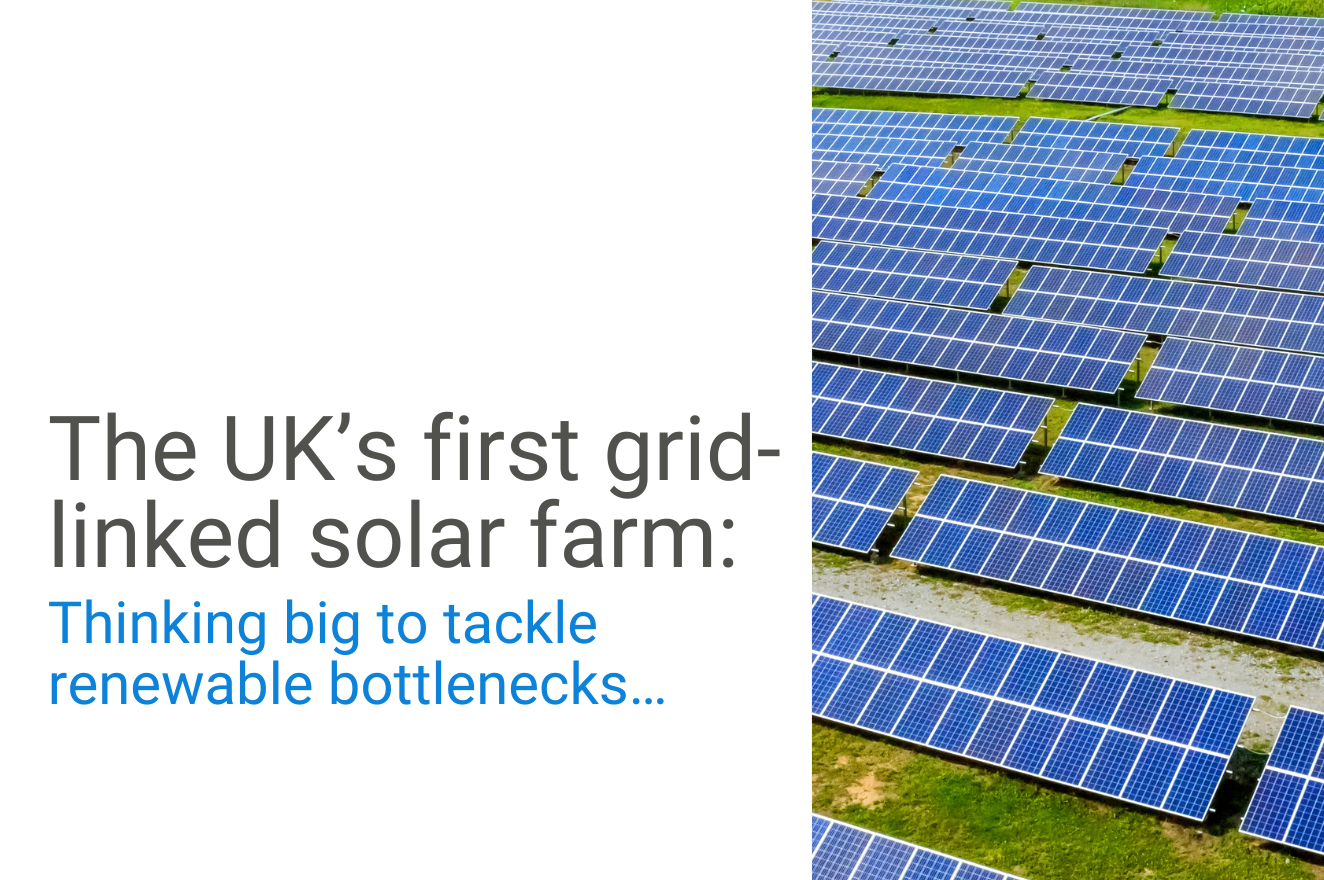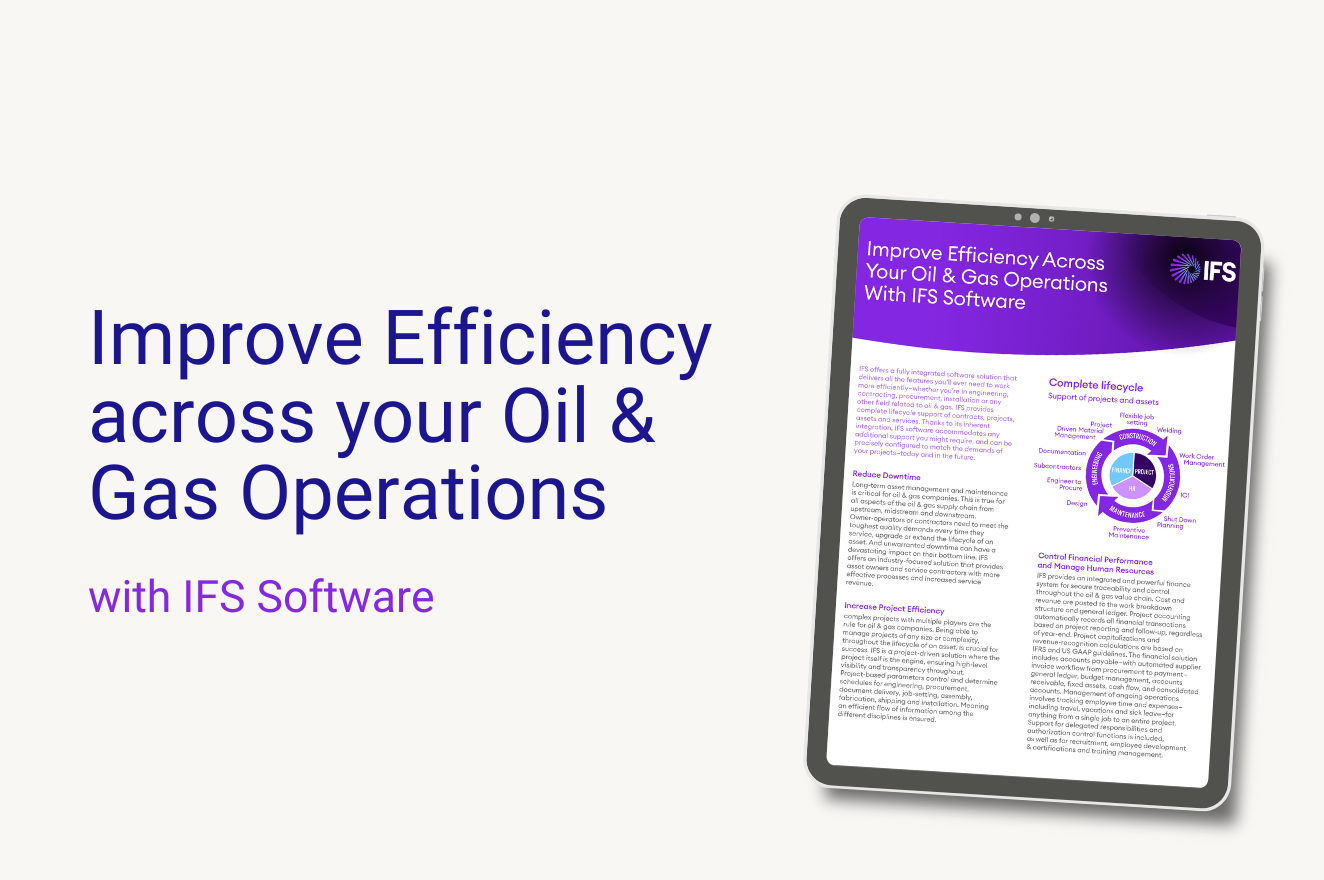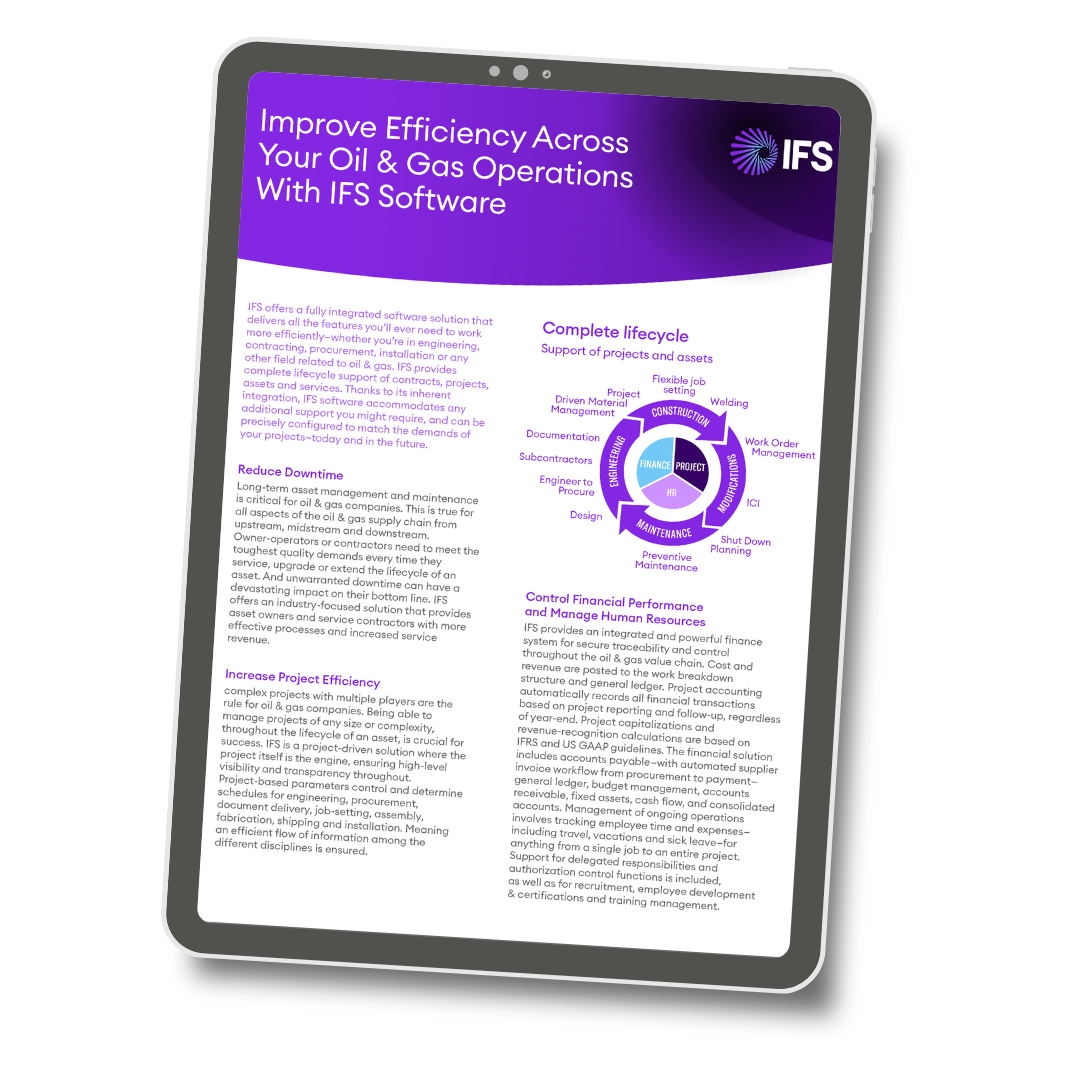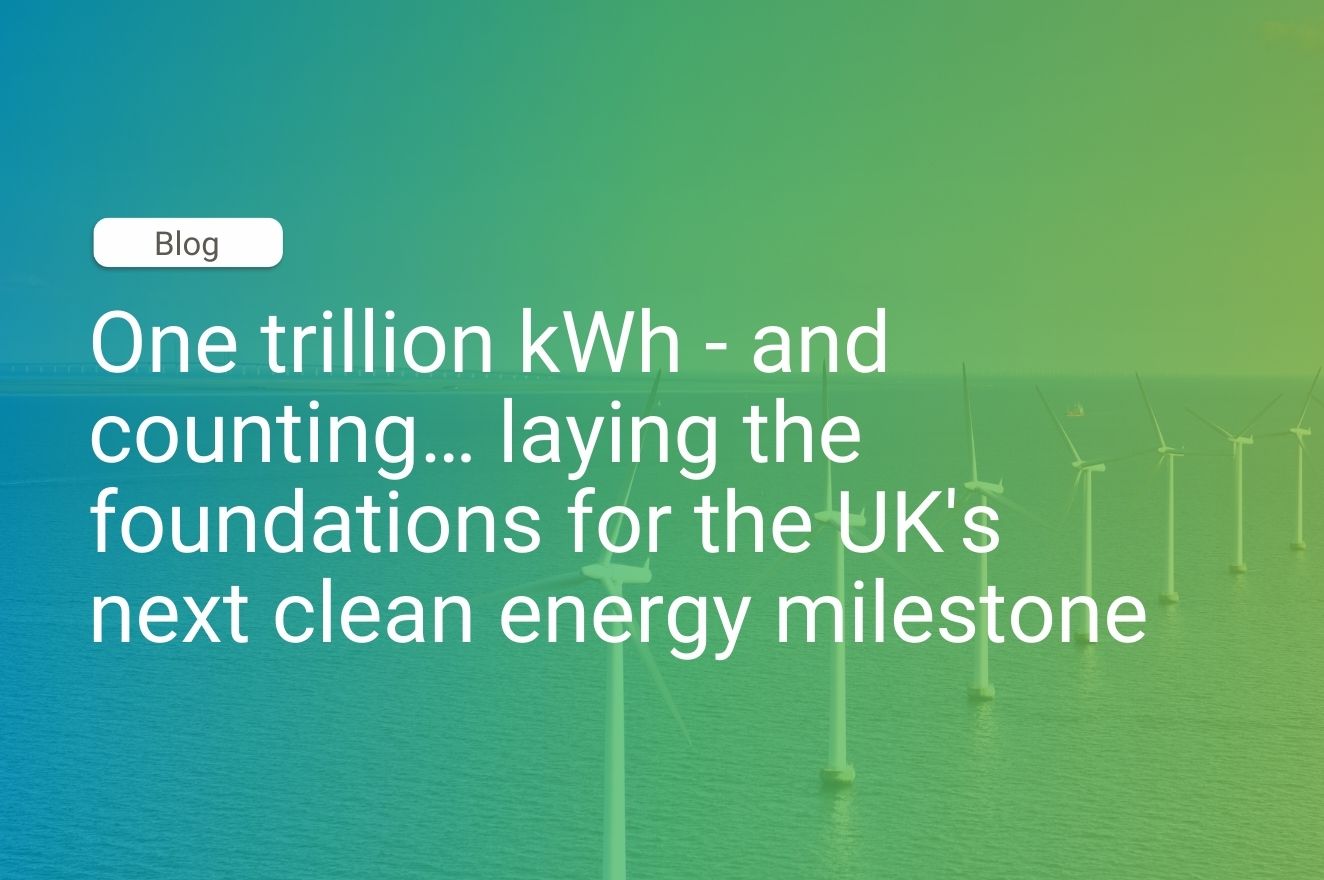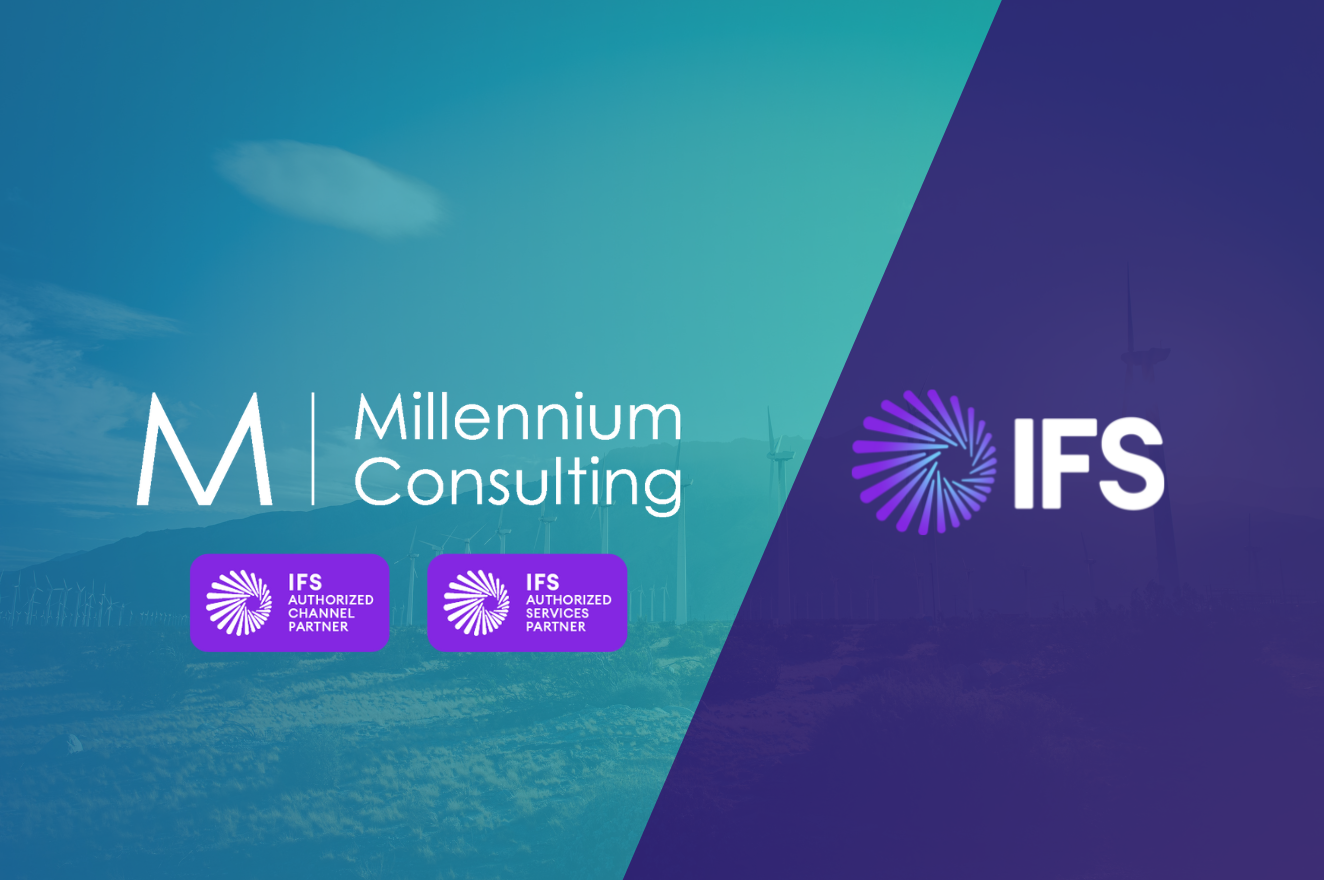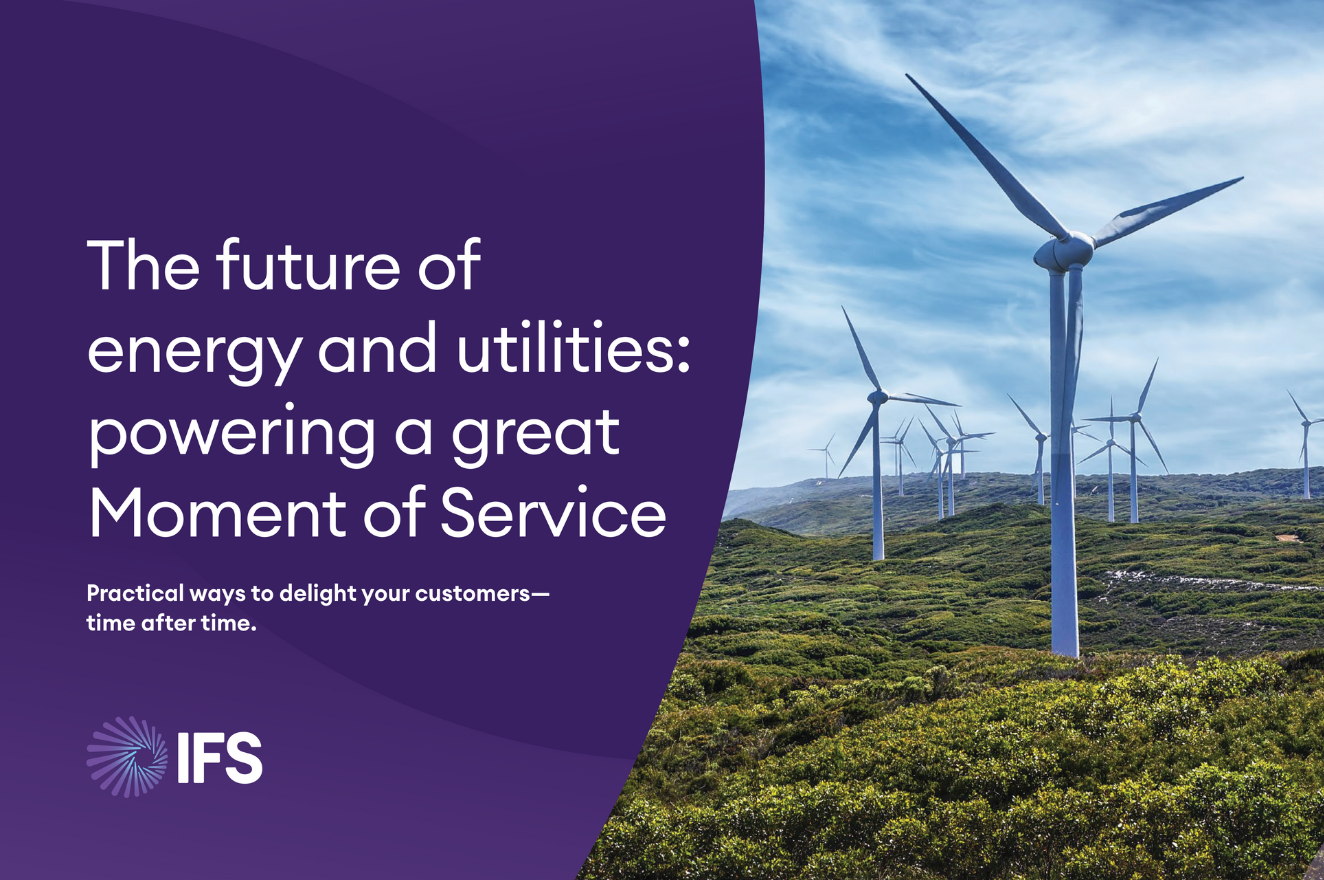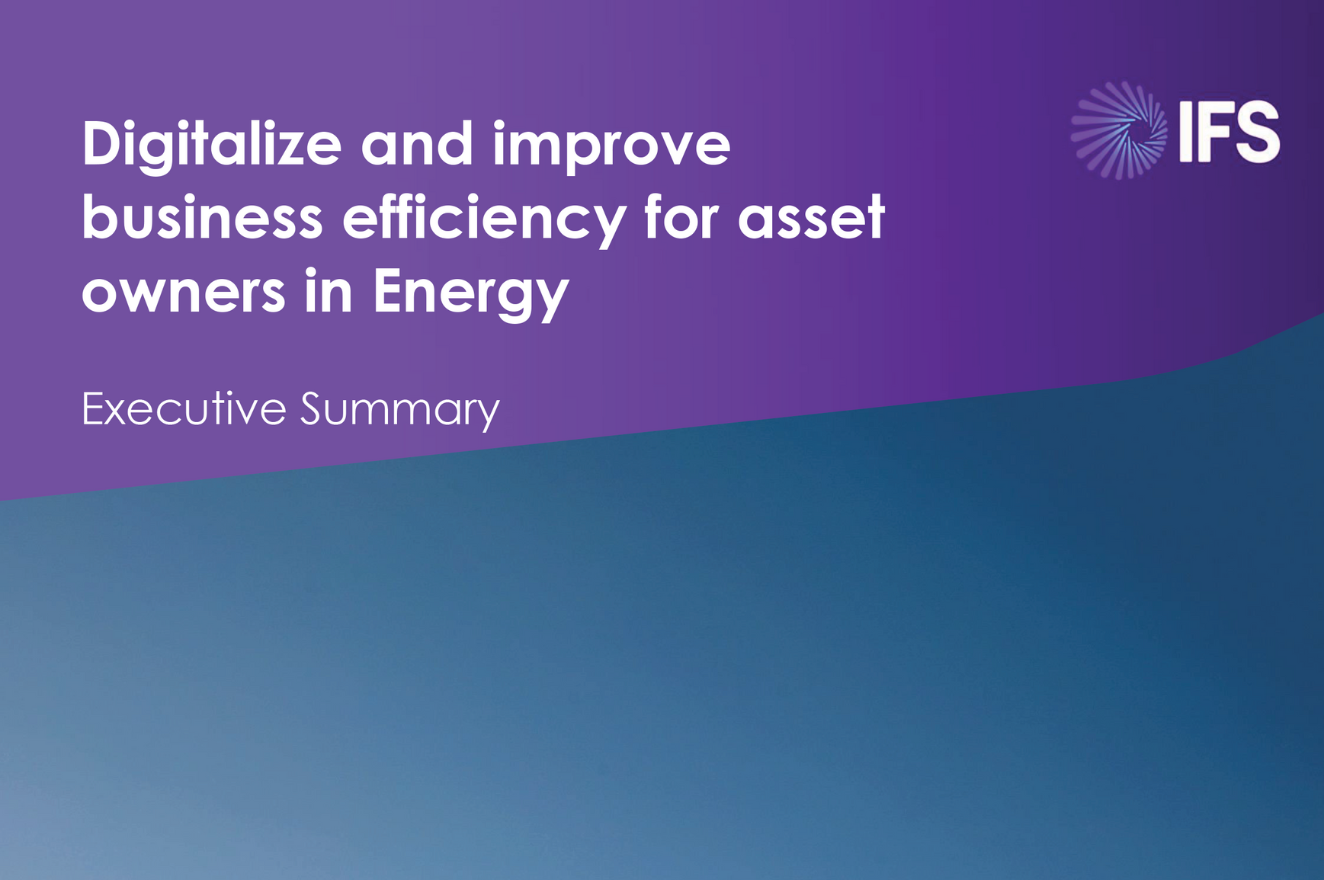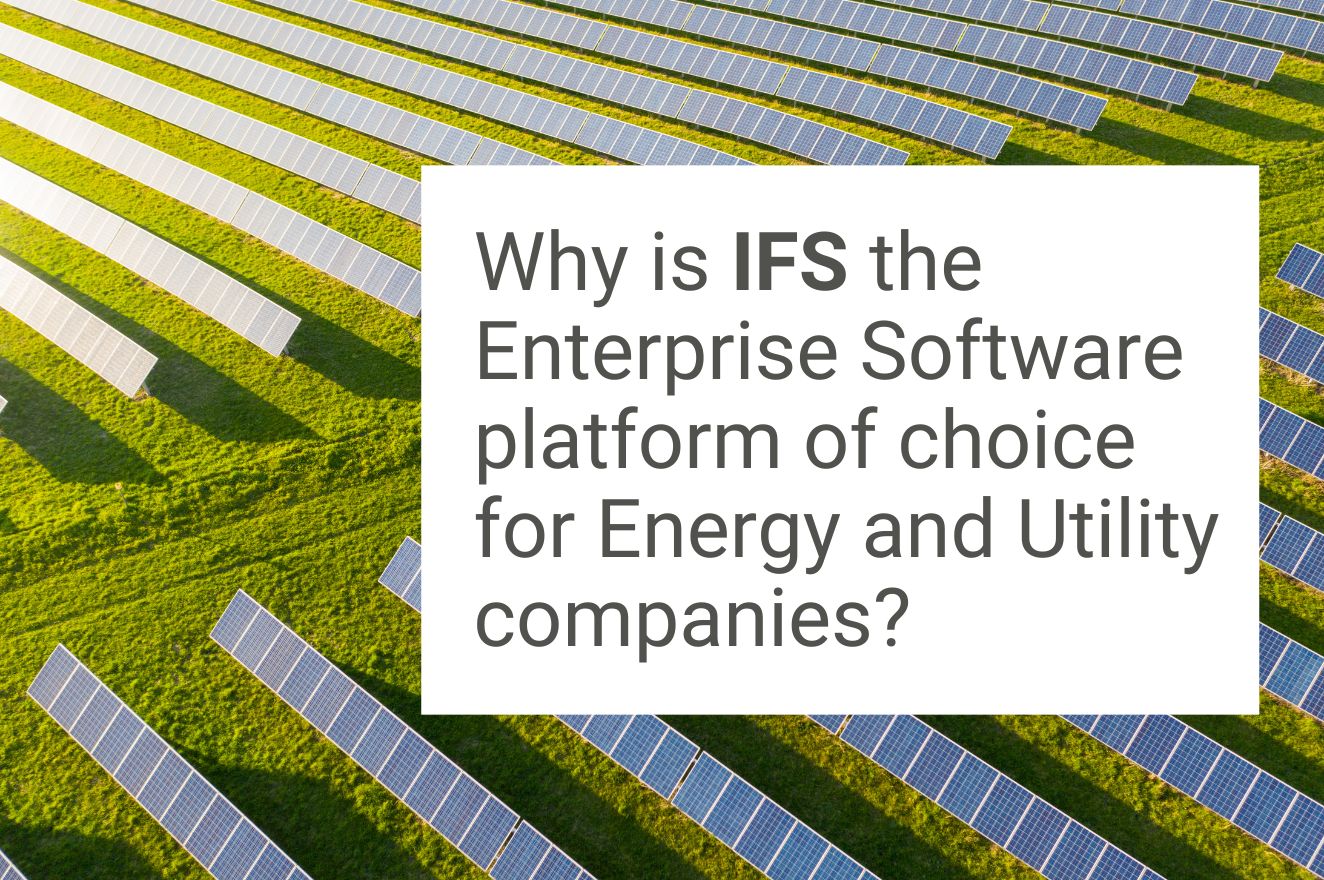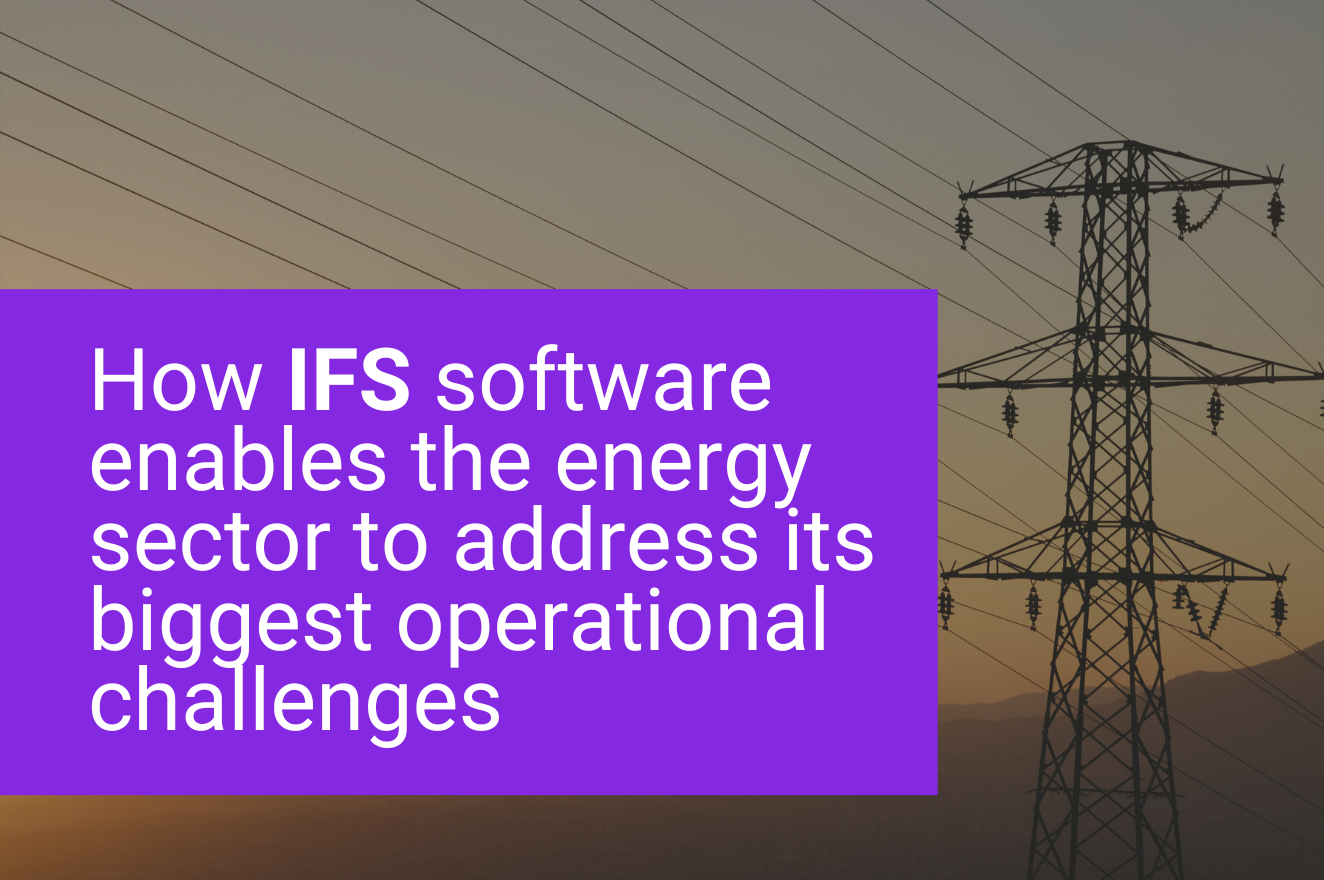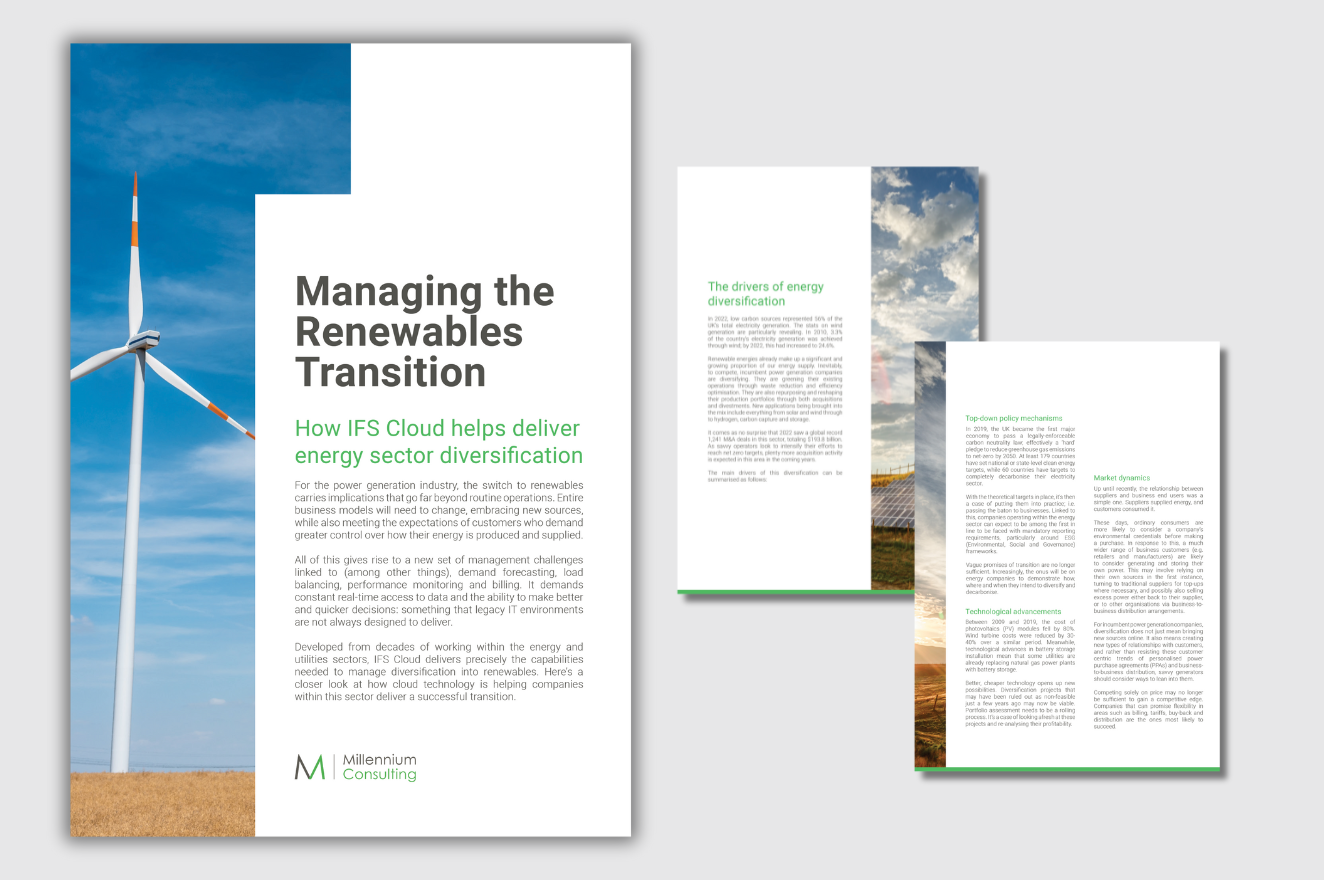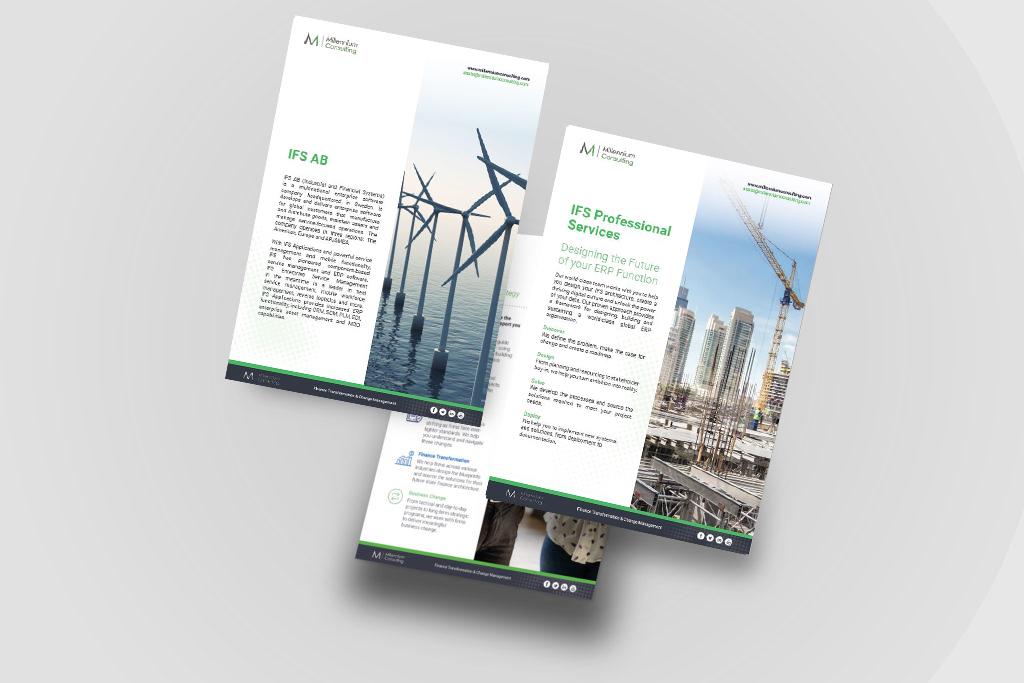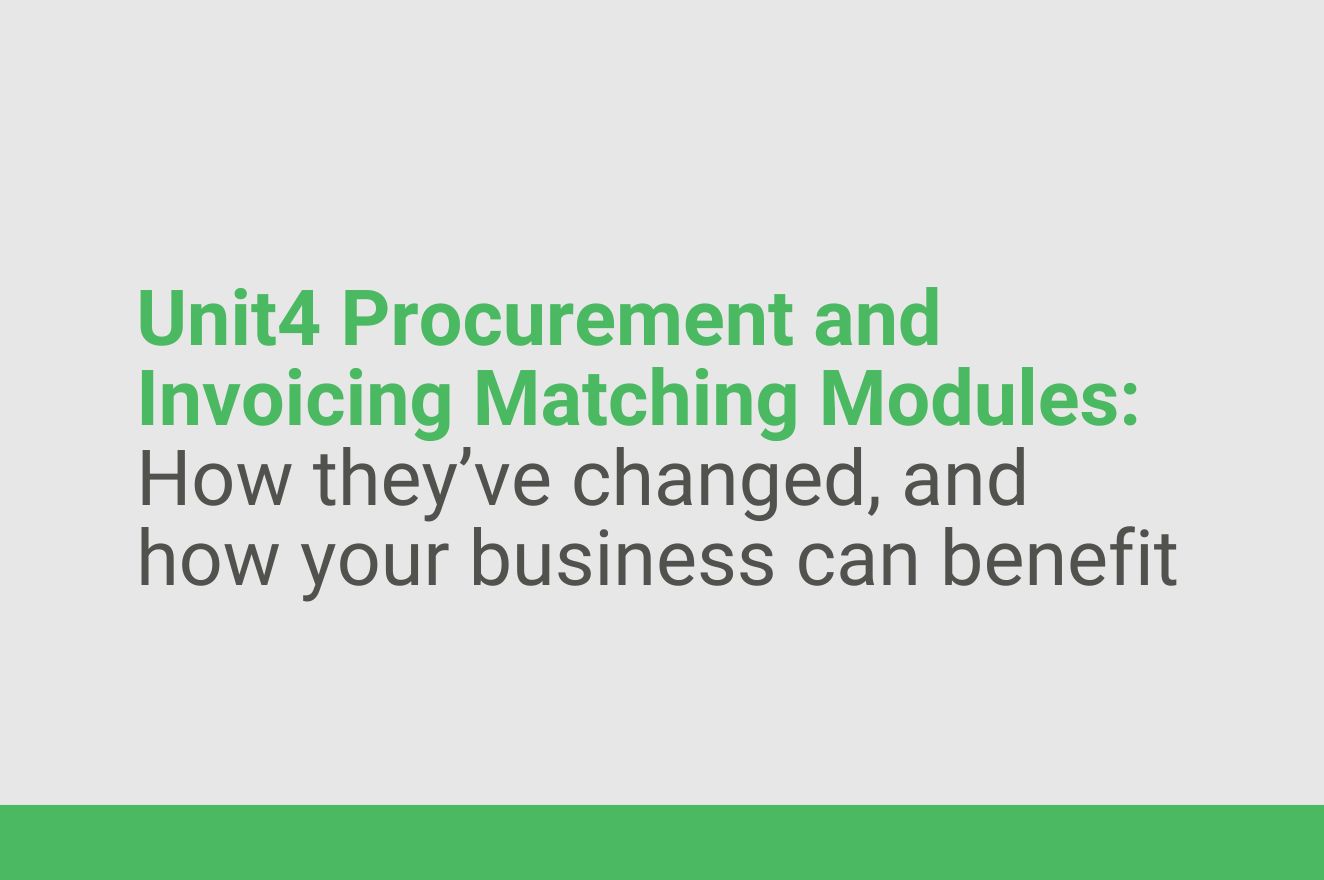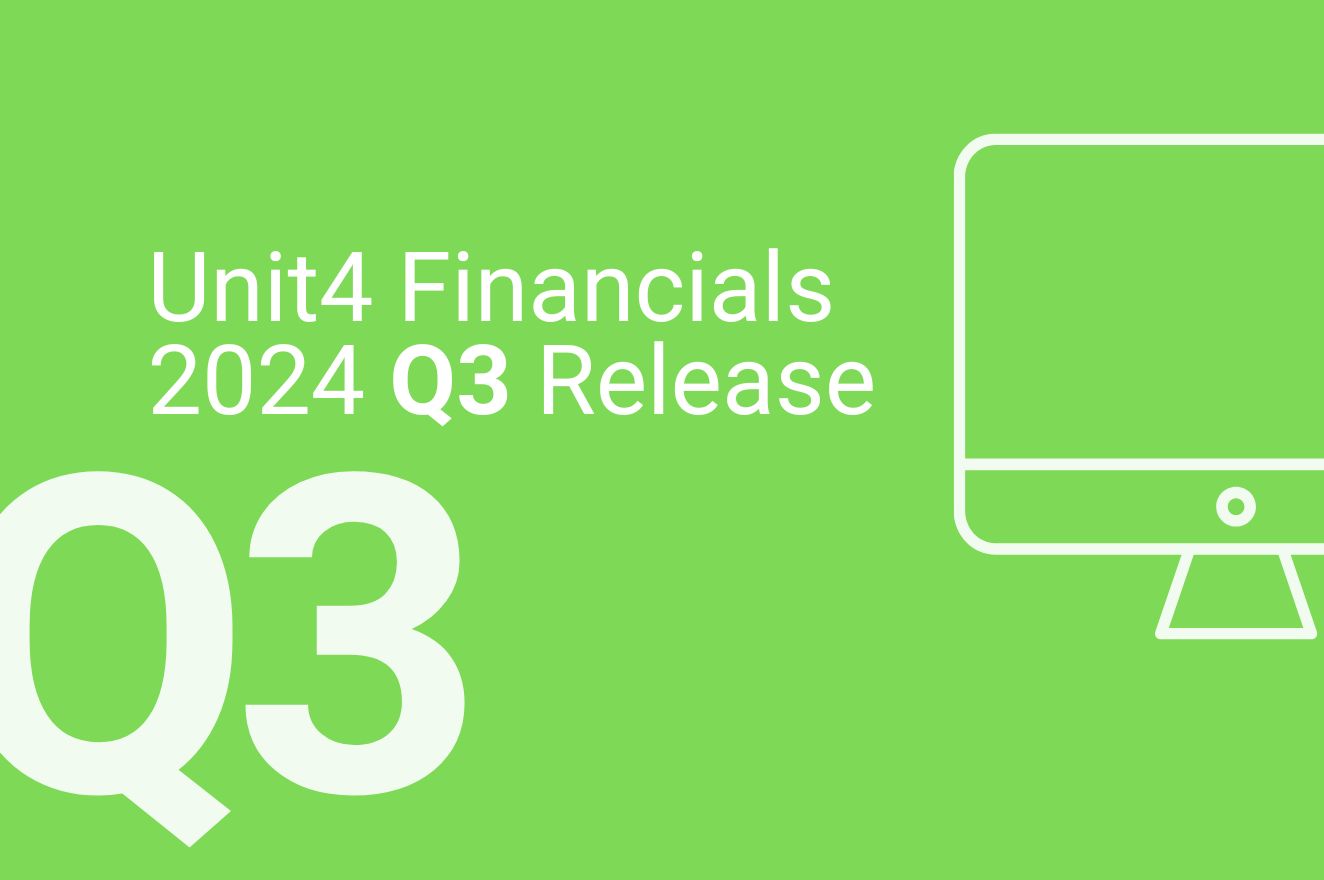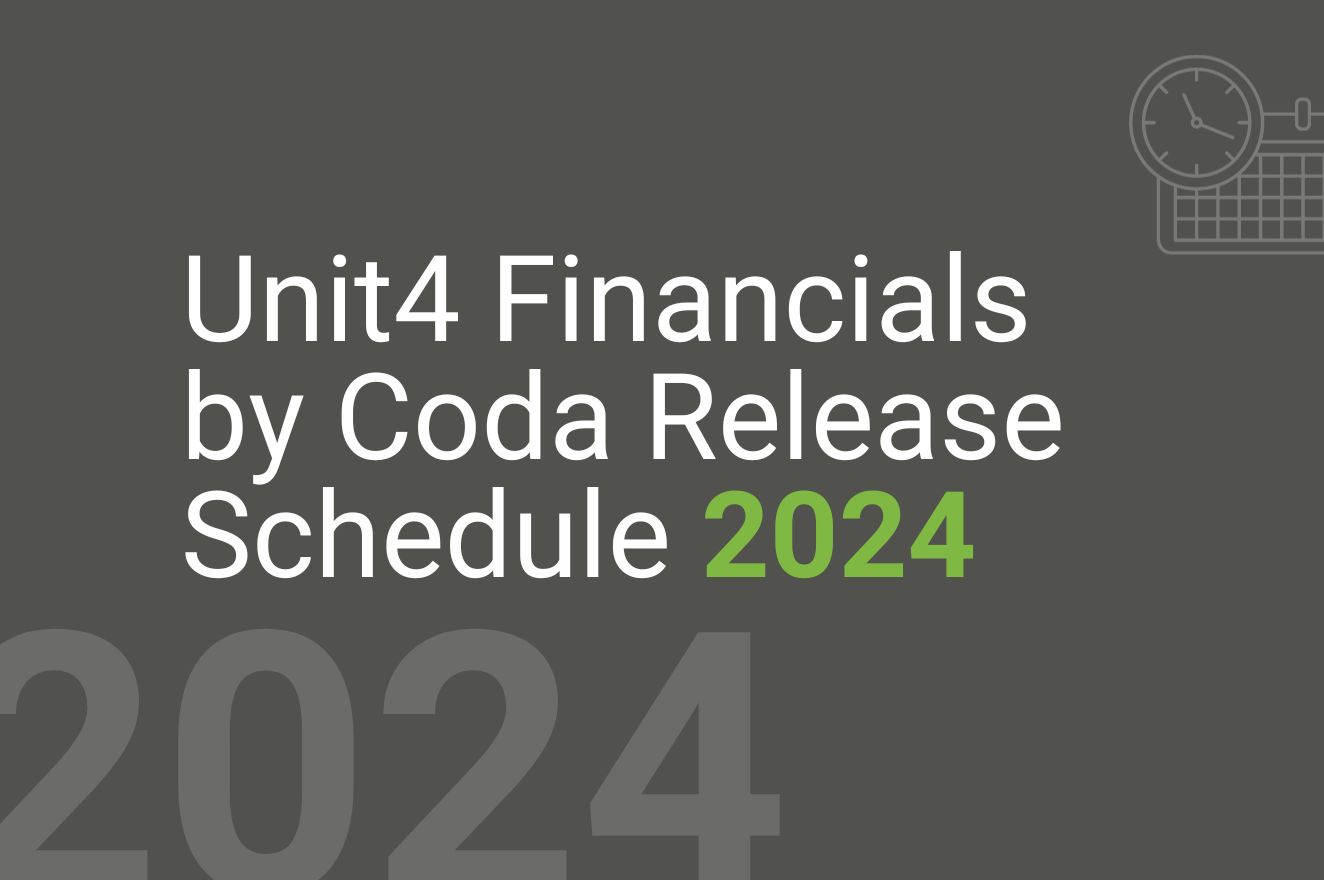UK’s first grid-linked solar farm
The UK’s first grid-linked solar farm: Thinking big to tackle renewable bottlenecks…
The arrival earlier this year of the UK’s first grid-connected solar farm was an important milestone in the journey towards net-zero. Phil Keet of Millennium Consulting considers how fresh thinking, updates to network infrastructure and a smarter approach to asset management all have a part to play in ensuring ambitions stay on track.
September 2023
Renewables and the issue of connectivity
Two years ago, the government committed to decarbonising the UK power system by 2035. As the Department for Business, Energy & Industrial Strategy put it, “To ensure this ambition becomes a reality, the government will double down on efforts to deploy a new generation of home-grown technologies – from offshore wind, hydrogen and solar, to nuclear, onshore wind and carbon capture & storage”.
As ever, the devil is in the detail. Policymakers tend to be very keen to talk up their support for individual projects – e.g. those linked to solar and offshore wind – as well as disruptive technologies (advanced modular reactors and carbon capture being just two examples).
However, one important fact is often glossed over. Namely; no matter what disruptive technologies reach fruition in the next twelve years, no matter how many allocation auctions are undertaken and renewables projects get underway, the 2035 carbonisation goal is not going to be met unless renewables can be incorporated successfully into the existing National Grid.
The significance of the Larks Green solar project
The National Grid was designed a century ago at a time when coal was king. The idea is a simple one: you establish your baseline and ramp up or scale down output from your power plants as demand shifts. When similarly easily dispatchable power sources came along (i.e. oil, nuclear and gas), the same principle applied – and those sources were incorporated into the system pretty seamlessly.
Renewables – particularly wind and solar – are, of course, different. The rate of power generation tends to be both intermittent and inconsistent. The grid was meant to fix the problem of meeting demand – i.e. ensuring electricity was transmitted effectively and efficiently to where it was needed. It was never designed to handle a system in which fluctuations and intermittency in supply were the norm.
Owned and operated by Cero Generation and Enso Energy, the new 50 MW Larks Green solar farm near Bristol offers a possible template for tackling some of these issues in the near and medium term.
One of the key characteristics of this new facility is scale. The plant comprises 152,400 solar modules installed in a 200-acre plant close to the National Grid’s 400kV Iron Acton substation. According to the National Grid’s press release, “It will generate over 73,000MWh annually – enough to power the equivalent of over 17,300 homes – and will displace 20,500 tons of CO2 each year compared to traditional energy production.
Secondly, the solar farm is co-located with a battery energy storage system (BESS), meaning that surplus energy generated in conditions that enable peak power generation can be accumulated. This therefore helps to directly mitigate the issue of intermittent and fluctuating generation.
Thirdly – and for this first time for a UK solar project – Larks Green provides a direct connection to the National Grid transmission network. Up until its arrival, all utility-scale solar plants were only capable of being connected to lower voltage local distribution grids. This new development means that the output of a solar plant is no longer confined to a particular area: energy can travel further, meaning that solar plants can be situated in those locations where output will be optimised – but the whole country can reap the direct benefits.
Further work to be done
Large-scale power generation projects twinned with battery storage assets are likely to become an increasingly popular model in the renewable energy market.
However, they are not an instant and permanent fix to all the issues linked to the country’s legacy National Grid infrastructure. According to the BBC’s calculations, there are currently more than £200bn worth of renewable energy projects sitting in the connections queue: the longest queue of any country in Europe.
What this means for companies
For parties involved in renewables projects, the risks associated with grid-related deployment delays need to be considered carefully in the planning process.
This issue also highlights one of the main differences between renewables projects and legacy infrastructure. Grid operators and power producers alike are going to have to come to terms with a proliferation of multiple dispersed projects. The greater the number of individual assets in play, the more challenging it becomes for grid operators to maintain strategic oversight – and for asset owners to monitor and maintain those assets effectively.
So far as reducing deployment bottlenecks is concerned, The National Grid’s ‘Pathway to 2030’ investment package is a step in the right direction, although stakeholders across the industry will obviously be eager to see further action taken at a governmental level.
In the meantime however, producers should act now to ensure that as their asset portfolio is diversified, they have the enterprise asset management (EAM) capabilities in place to ensure that assets are monitored, maintained and used effectively throughout their lifecycle.
Faced with new challenges linked to, for example, demand forecasting, load balancing and the need to minimise costs, sector-specific expertise is a must. A leader in the fields of ERP (Enterprise Resource Planning), EAM (Enterprise Asset Management) and Service Management, IFS is the go-to solution for companies across the energy sector. Find out more here.
As a premier IFS Managed Service Provider, Millennium Consulting is ideally placed to help you build the technological capabilities required for a successful renewables transition. To discover how IFS can help ensure the success of your renewables projects, speak to us today.
Improve efficiency across your Oil & Gas Operations with IFS Solutions
White paper
June 2023
Improve Efficiency across your Oil & Gas Operations with IFS Solutions
Whether you’re in engineering, contracting, procurement, installation, or any other field related to oil & gas, IFS offers a fully integrated software solution that delivers all the features you’ll ever need to work more efficiently.
Discover the latest IFS news
Realising successful Oil & Gas Digital transformation
June 2023
Realising successful Oil & Gas Digital Transformation: What makes IFS the best fit?
With a complex mix of services to manage and challenges to meet, oil & gas decision makers cannot afford to take risks with business-critical software. Sector-specific expertise is a must…
Decision makers approach software procurement with certain outcomes in mind. Typically, these include a desire to improve operational efficiency, boost productivity and gain more effective control over project management. The end goals are improved margins and a more resilient business.
To reach those desired outcomes, a complex operating environment calls for careful choice of technology. This is particularly true for finance leaders in the oil & gas sector who are grappling with a volatile market, rising operating costs, a scattered portfolio of assets to manage and increased regulatory oversight, including pressure to reconfigure the entire business model in line with ESG frameworks.
Challenging conditions call for proven, sector-specific technological solutions. This is where IFS comes in: a global leader in enterprise software, with solutions that cover Enterprise Resource Planning (ERP), Field Service Management (FSM), Asset Management and more.
To date, IFS applications have been deployed successfully in more than 400 projects by oil & gas companies. Here’s a closer look at the reasons why IFS solutions are the ideal fit for the exacting needs of this particular sector.
Ensuring continuity while driving efficiency
The challenge
Finance leaders and operational managers in the oil & gas sector tend to have complex and often competing priorities to juggle. These include the following:
- Continuity of supply. While security of supply is not a new concern, the war in Ukraine has pushed it to the top of the political agenda. In the current climate, an unplanned major outage is as much a political issue as an operational one.
- Cost reduction. In areas such as asset maintenance, this includes optimising inventories of spares and equipment, along with reduction of procurement and shipping costs.
- Alongside any initiatives in play to improve the efficiency of offshore operations, the highest standards for safety and environmental management need to be maintained.
The solution
The IFS cloud-based ERP solution comes with precisely the capabilities planners and operational managers need to meet the challenges associated with the management of offshore assets.
For instance, in the context of maintenance, robust ‘spares & repairs’ inventory functionality makes it possible to plan with accuracy for long lead times in custom fabrication, as well as transport order management.
More accurate resource planning provides greater scope for optimising inventories, lower levels of redundancy, healthier cash flow – as well as the possibility of greater leeway for negotiating lower equipment costs.
On the operational side, it can also mean reduced unplanned downtime and fewer delays due to equipment unavailability.
Eliminating silos
The challenge
Effective planning requires sight of the whole picture. This, however, is often easier said than done: particularly for an enterprise that comprises multiple assets in dispersed locations, and with production flows that span numerous drilling contractors, vessel owners and a multitude of other supply chain partnerships.
The solution
IFS enables you to break down the data silos that can emerge across scattered operational sites. In their place, you can have one version of the truth, and one set of numbers for the entire organisation.
For finance leaders, the solution can help deliver total real time visibility of the global business, including finance, project and asset management, as well as insights on performance across the entire on and off-shore supply chain.
Assets that are ‘in the dark’
The challenge
Collating transactional information from across the enterprise can be a challenge for any finance department. This is especially true for the case of the oil & gas sector – particularly when it comes to the reliable transmission of key financial information from isolated offshore units to onshore locations.
The solution
With experience of meeting the needs of the energy sector since the software’s inception, IFS is well aware of the challenges surrounding the management of scattered assets. Customers get the benefit of IFS Instant Replication as standard. This uses satellite technology to ensure that offshore operations always have system support – even in areas where communication links are poor.
On the other side, IFS Instant Replication also means that your onshore finance hub can always have access to current information on the status of each offshore asset: everything from serviceability and maintenance inventory on hand, through to data on that asset’s performance and contribution to cost and revenue.
Cross-geography initiatives
The challenge
Collating transactional information from across the enterprise can be a challenge for any finance department. This is especially true for the case of the oil & gas sector – particularly when it comes to the reliable transmission of key financial information from isolated offshore units to onshore locations.
The solution
With experience of meeting the needs of the energy sector since the software’s inception, IFS is well aware of the challenges surrounding the management of scattered assets. Customers get the benefit of IFS Instant Replication as standard. This uses satellite technology to ensure that offshore operations always have system support – even in areas where communication links are poor.
On the other side, IFS Instant Replication also means that your onshore finance hub can always have access to current information on the status of each offshore asset: everything from serviceability and maintenance inventory on hand, through to data on that asset’s performance and contribution to cost and revenue.
Project management
The challenge
Especially when under intense pressure to lower overheads, agility is key when it comes to project management. When a viable new opportunity has been identified, rarely is it a case of being able to follow a cookie-cutter workflow. Success depends on the analysis of multiple unique dependencies, along with the ability to track cost, risk and timings in real-time.
Furthermore, problems can arise when organisations have discrete technologies in play for project management and asset management – particularly when it comes to questions over which projects to prioritise in the allocation of limited enterprise resources.
The solution
IFS offers organisations a truly integrated view of performance, with tools that include both project management and asset management via a single platform. This provides for greater visibility, more efficient risk management, and helps ensure resources are allocated and reallocated to deliver the greatest possible value.
Discover more
As a premier IFS Managed Service Provider, Millennium Consulting is ideally placed to support companies across the oil & gas sector as they seek to achieve maximum return on their tech investment.
Please get in touch to discover what’s possible through the IFS platform.
Managing the Renewables Transition
June 2023
Managing the Renewables Transition
How IFS Cloud helps deliver energy sector diversification
For the power generation industry, the switch to renewables carries implications that go far beyond routine operations. Entire business models will need to change, embracing new sources while also meeting the expectations of customers who demand greater control over how their energy is produced and supplied.
Developed from decades of working within the energy and utilities sectors, IFS Cloud delivers precisely the capabilities needed to manage diversification into renewables. Take a look at this white paper as we explore how cloud technology is helping companies within this sector deliver a successful transition.
Unit4 Procurement and Invoicing Matching Modules
September 27, 2024
MVAT Q&A
September 25, 2024
An Overview of Unit4 Financials by Coda Training
September 16, 2024
Unit4 Financials 2024 Q3 Release
September 10, 2024
Unit4 Financials by Coda Release Schedule 2024
September 10, 2024
Unit4 Financial by Coda Cloud: Your Future State Architecture
September 3, 2024

